-
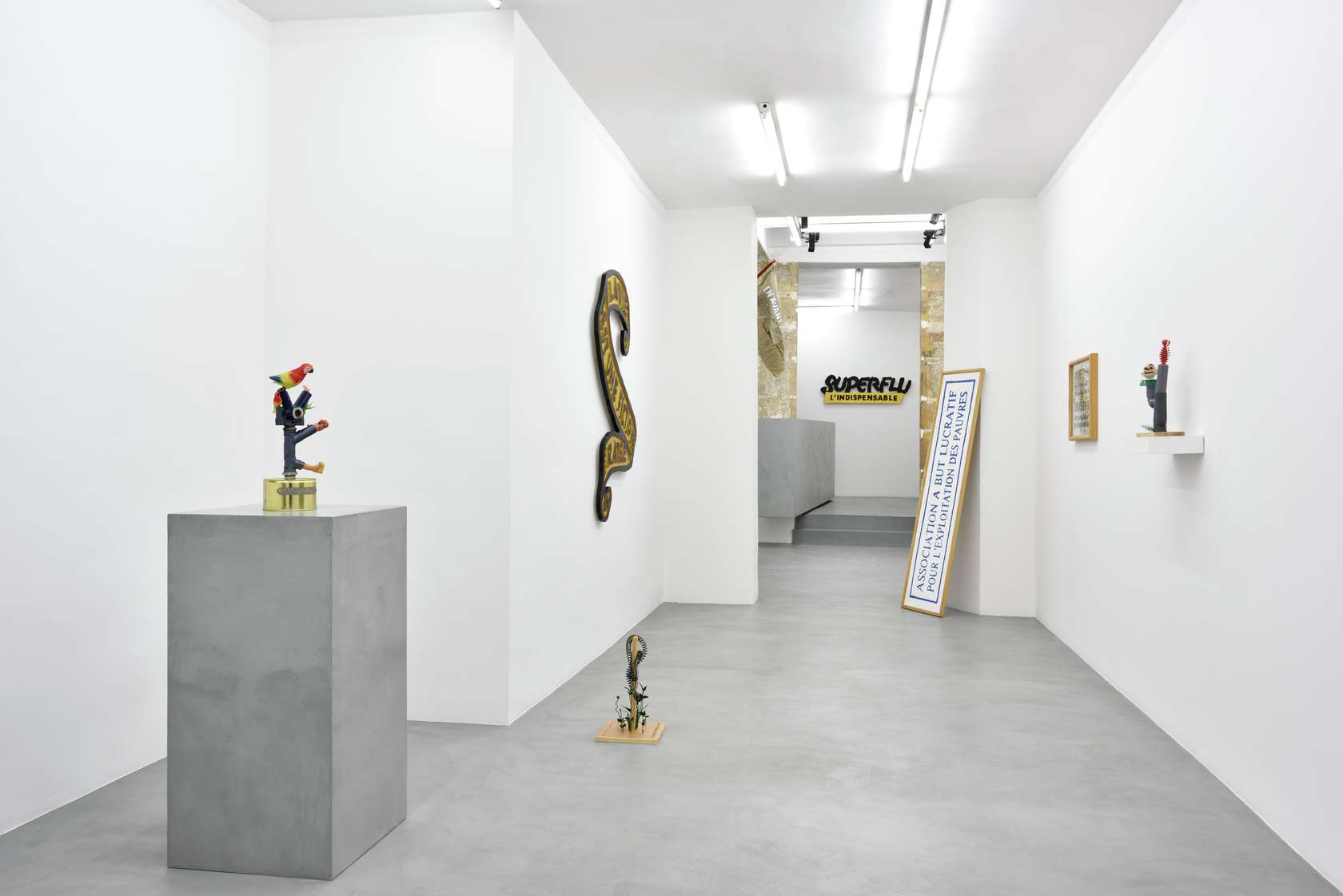 1/13
1/13
Taroop & Glabel, Le couinement de l'âme
-
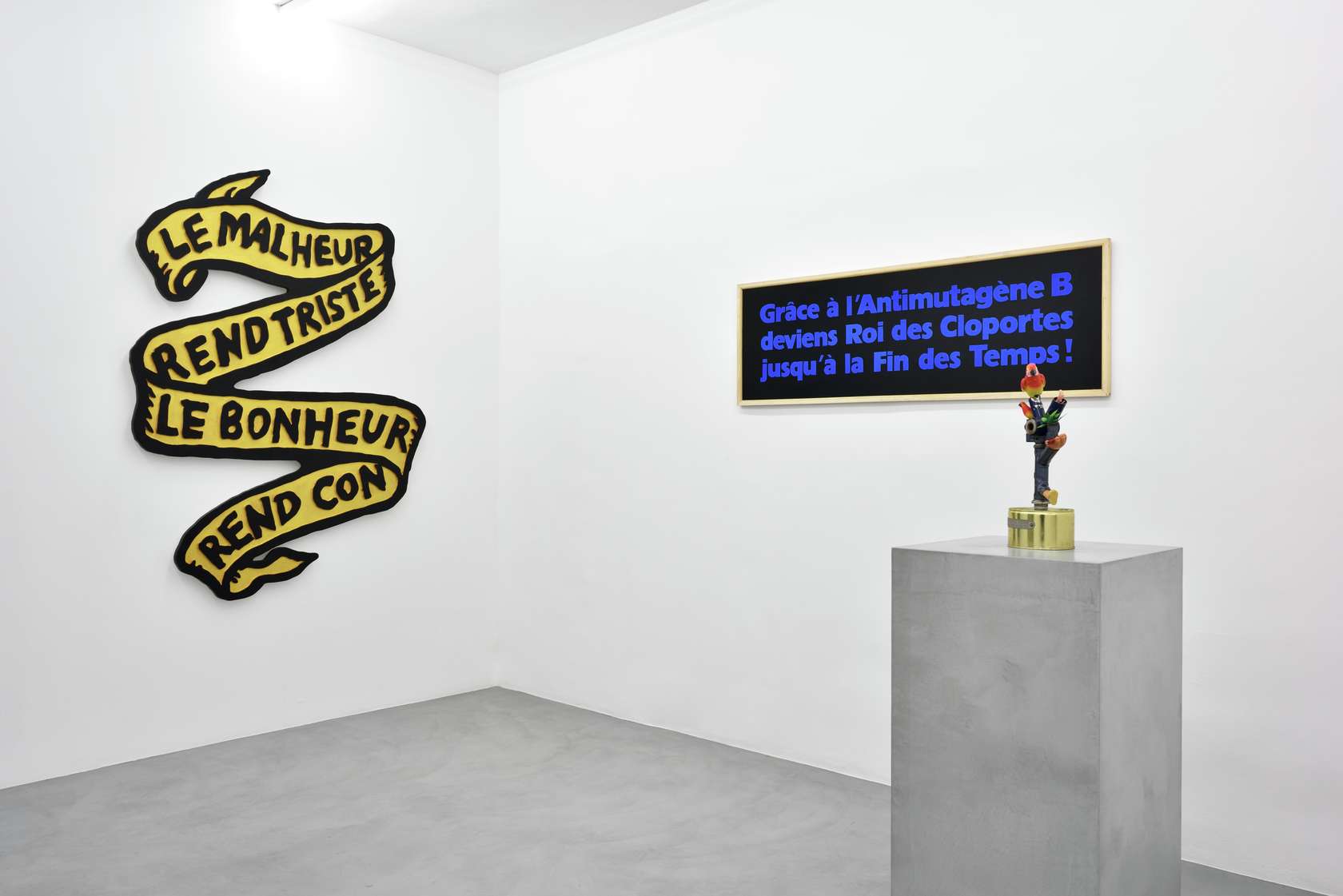 2/13
2/13
Taroop & Glabel, Le couinement de l'âme
-
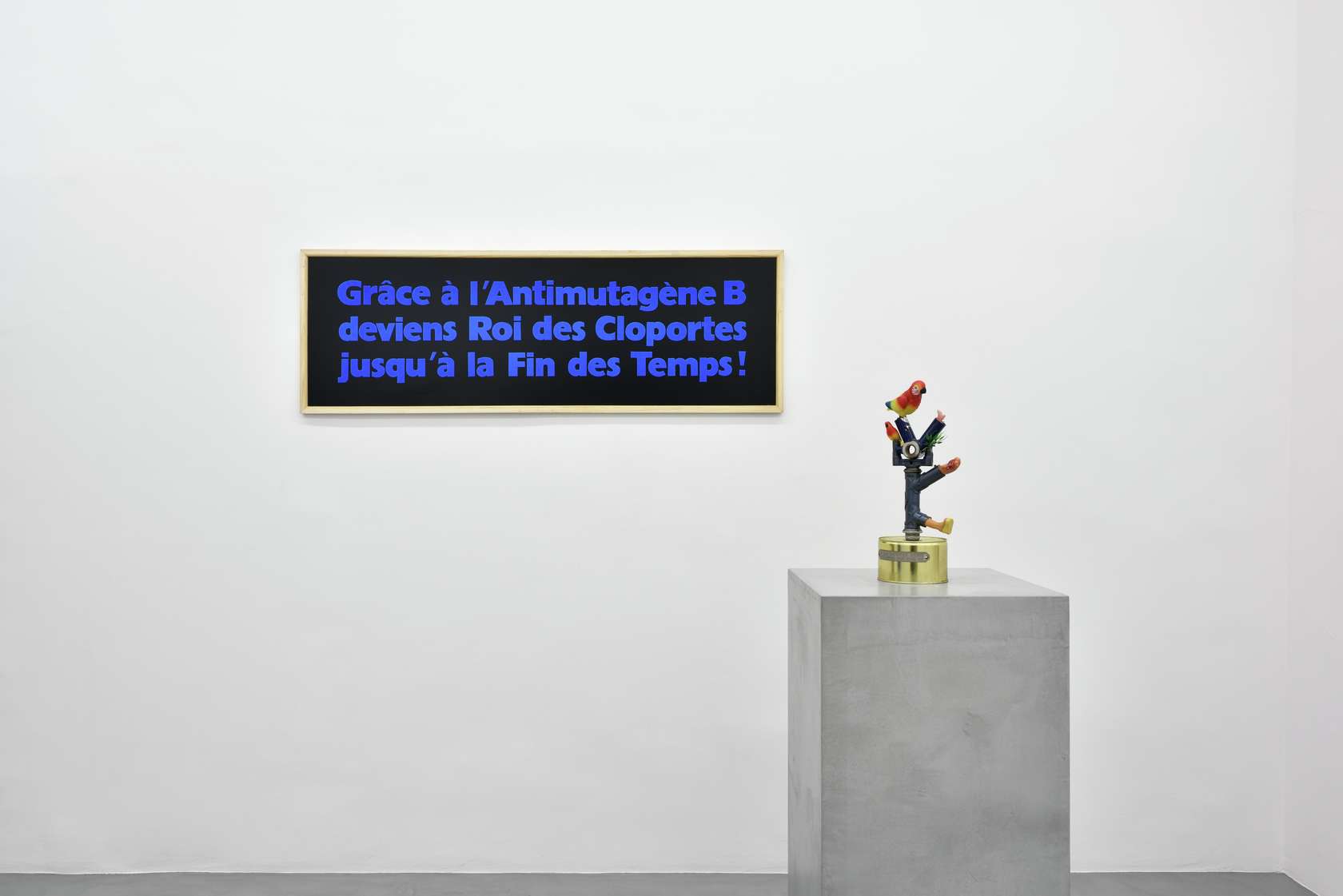 3/13
3/13
Taroop & Glabel, Le couinement de l'âme
-
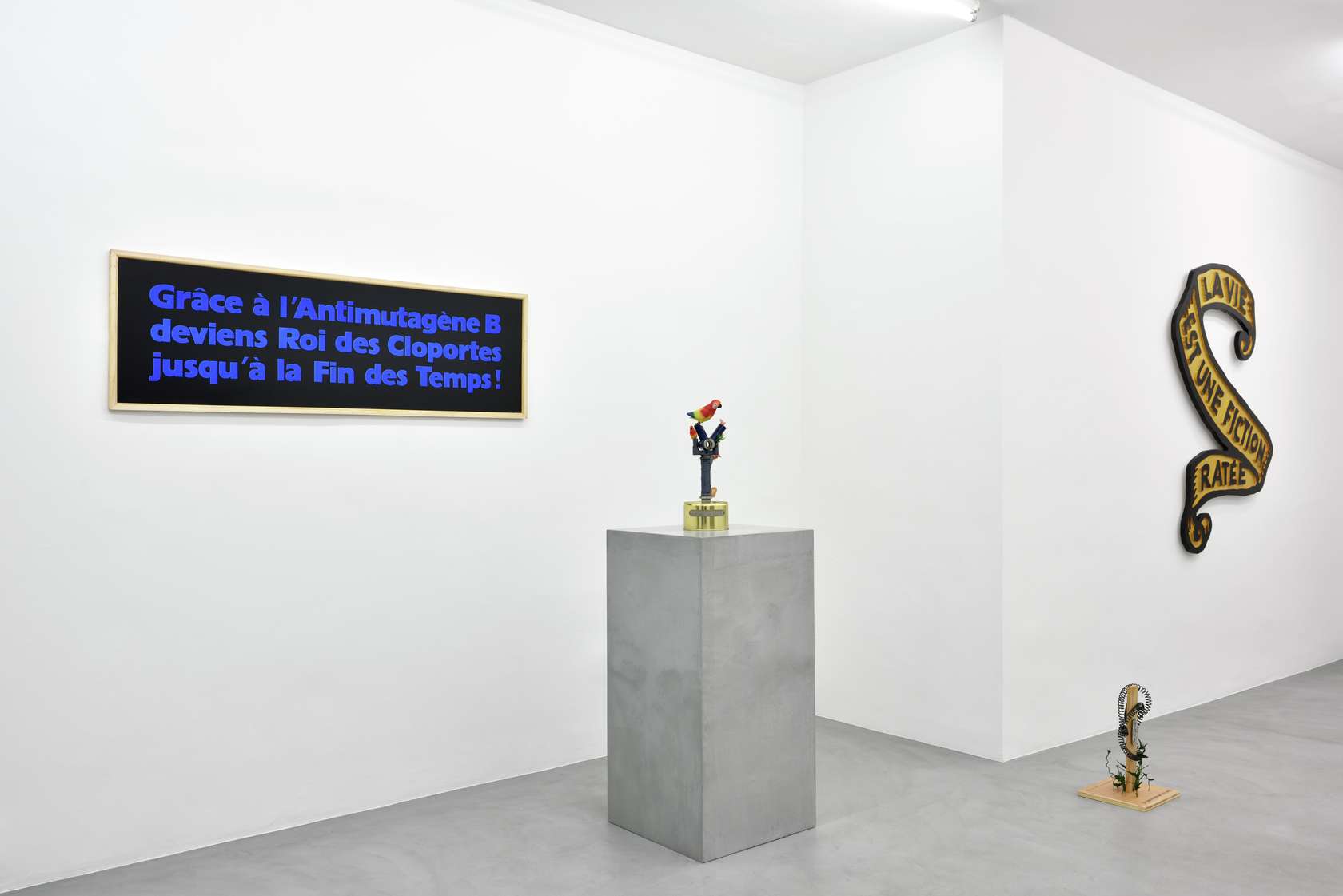 4/13
4/13
Taroop & Glabel, Le couinement de l'âme
-
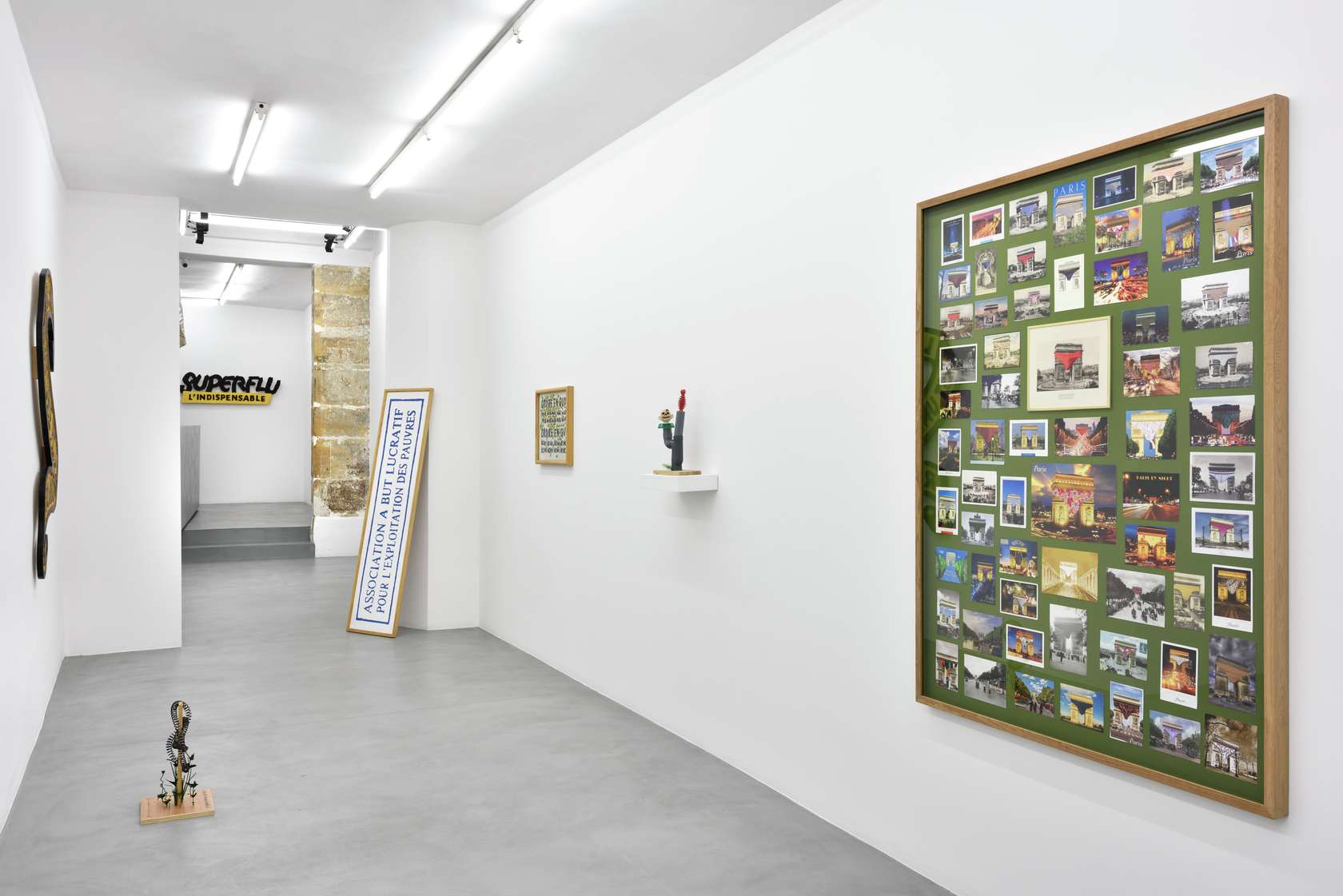 5/13
5/13
Taroop & Glabel, Le couinement de l'âme
-
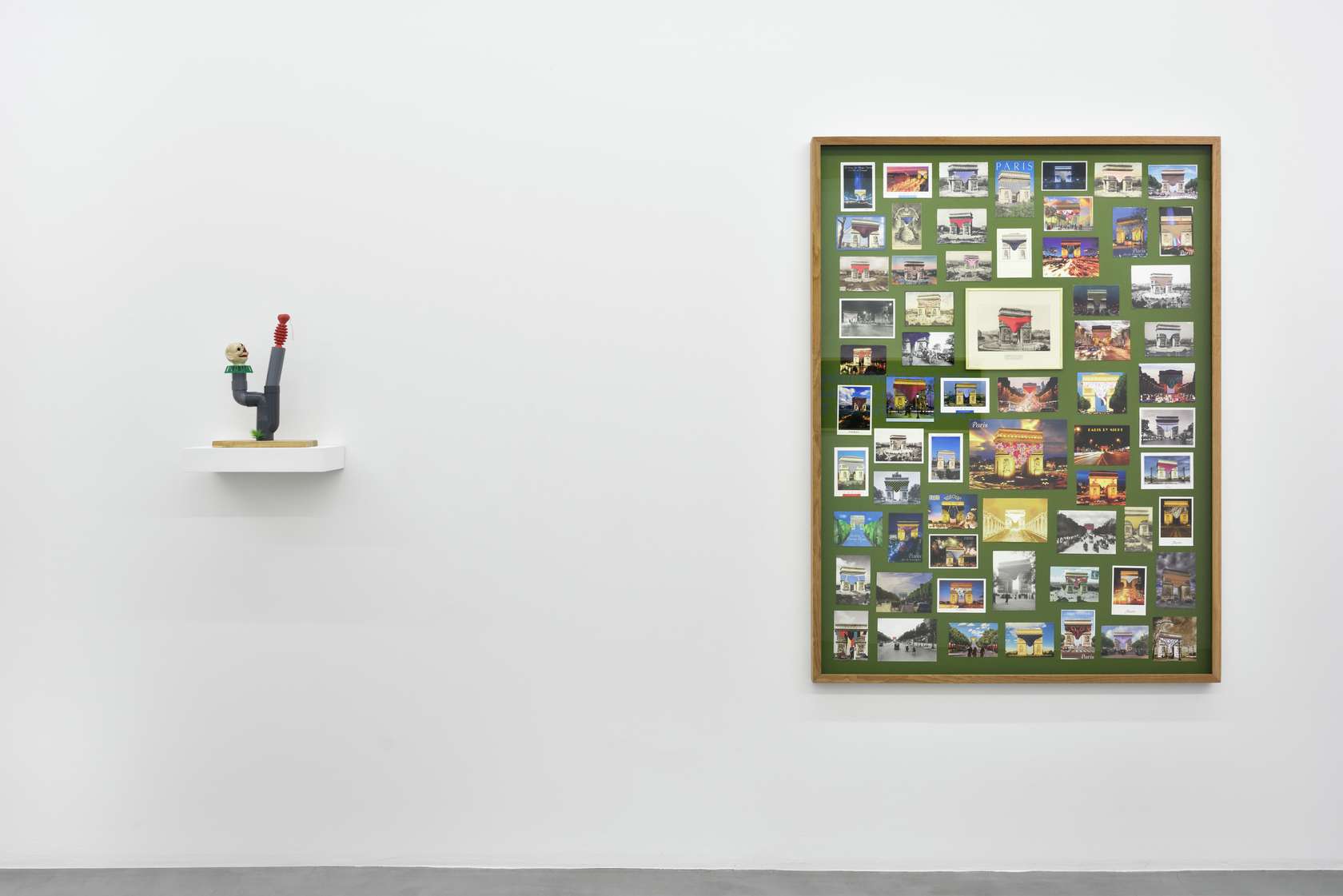 6/13
6/13
Taroop & Glabel, Le couinement de l'âme
-
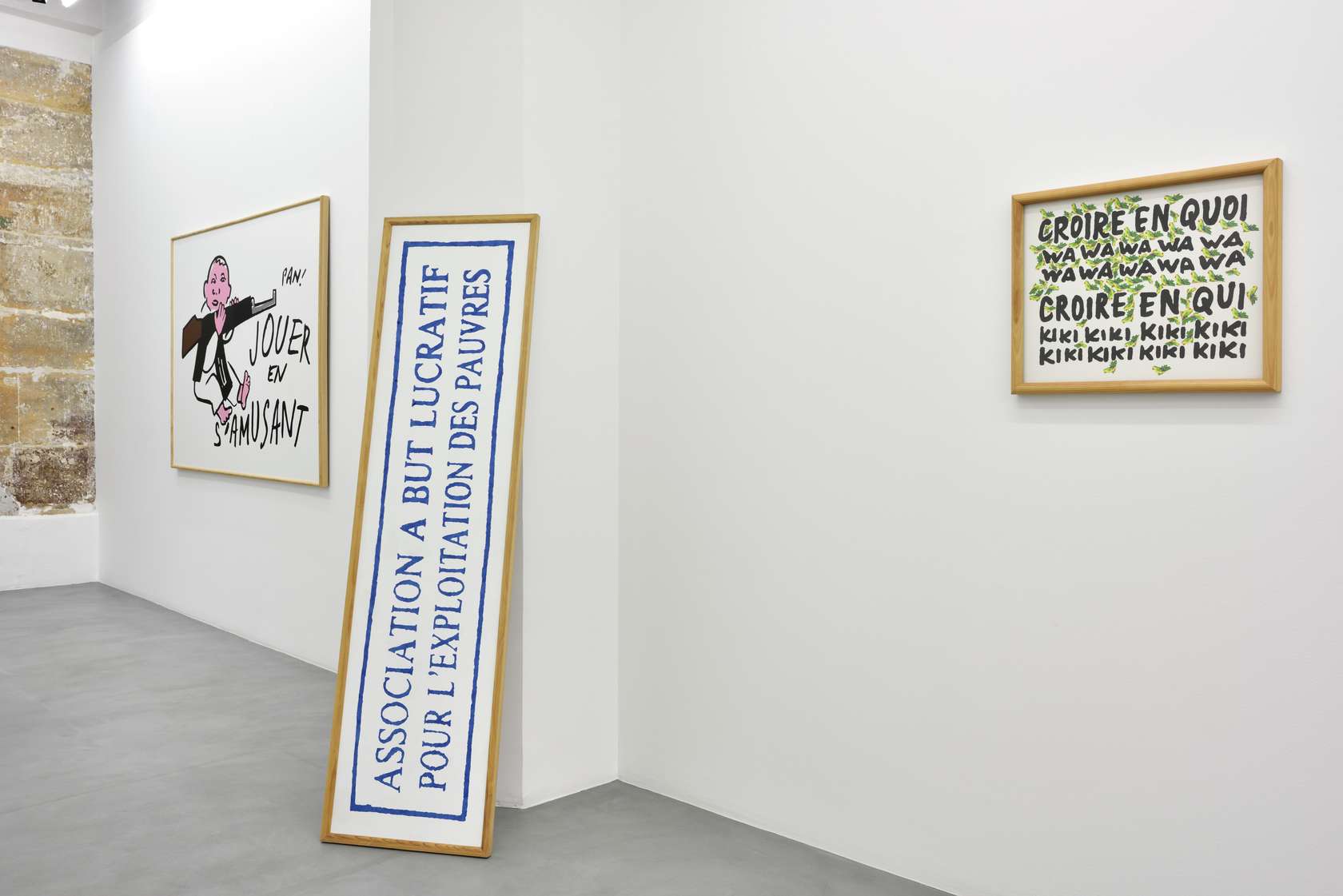 7/13
7/13
Taroop & Glabel, Le couinement de l'âme
-
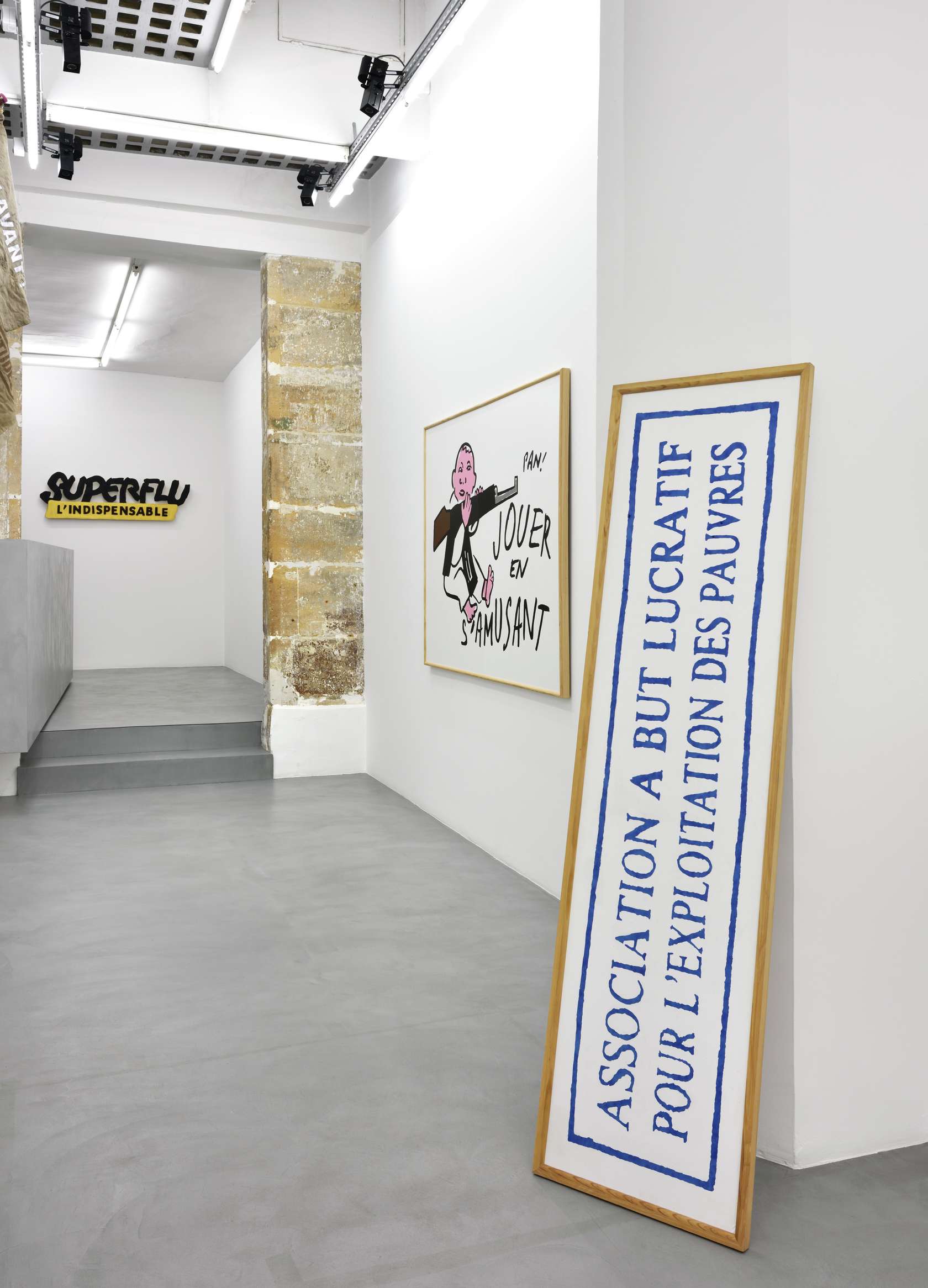 8/13
8/13
Taroop & Glabel, Le couinement de l'âme
-
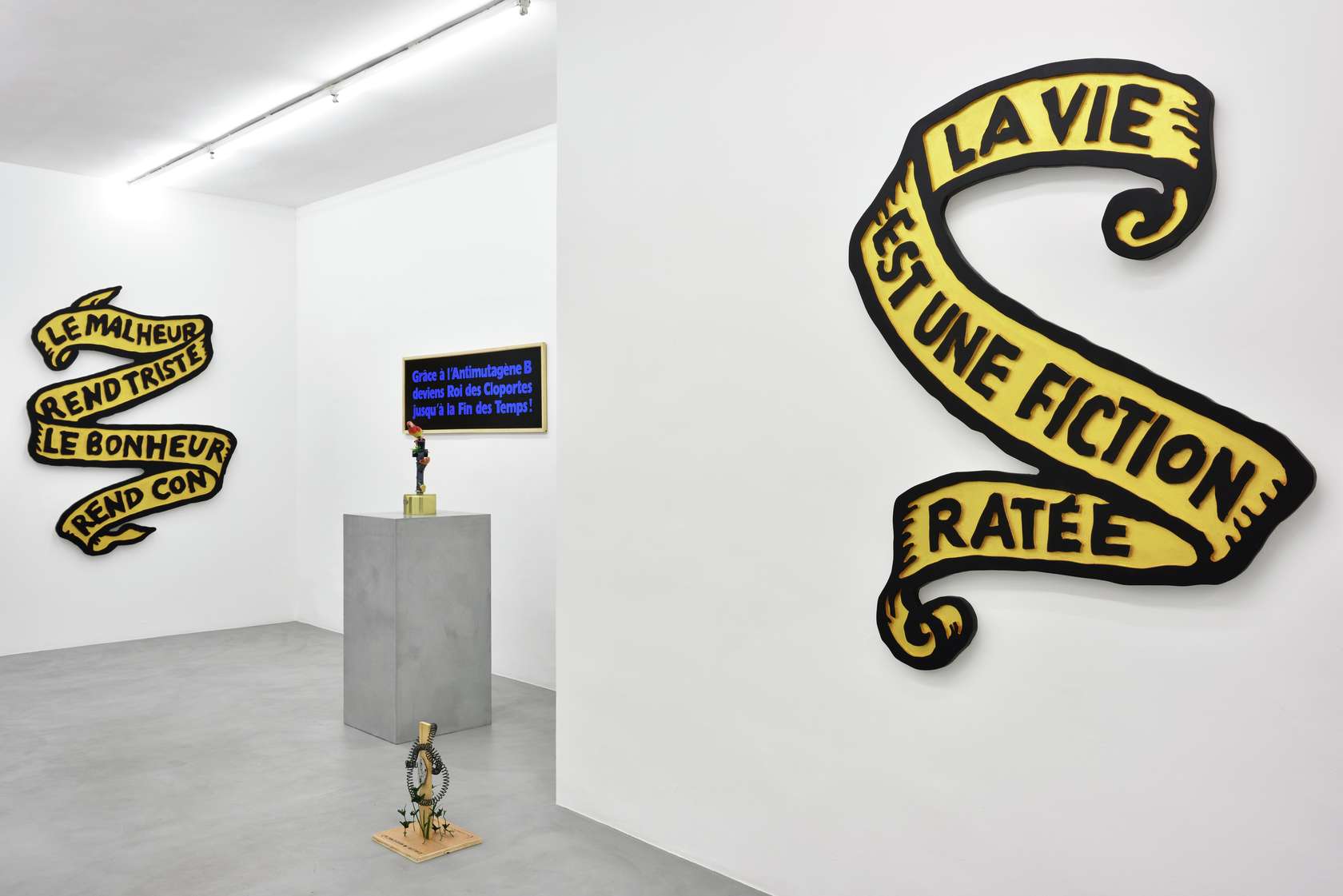 9/13
9/13
Taroop & Glabel, Le couinement de l'âme
-
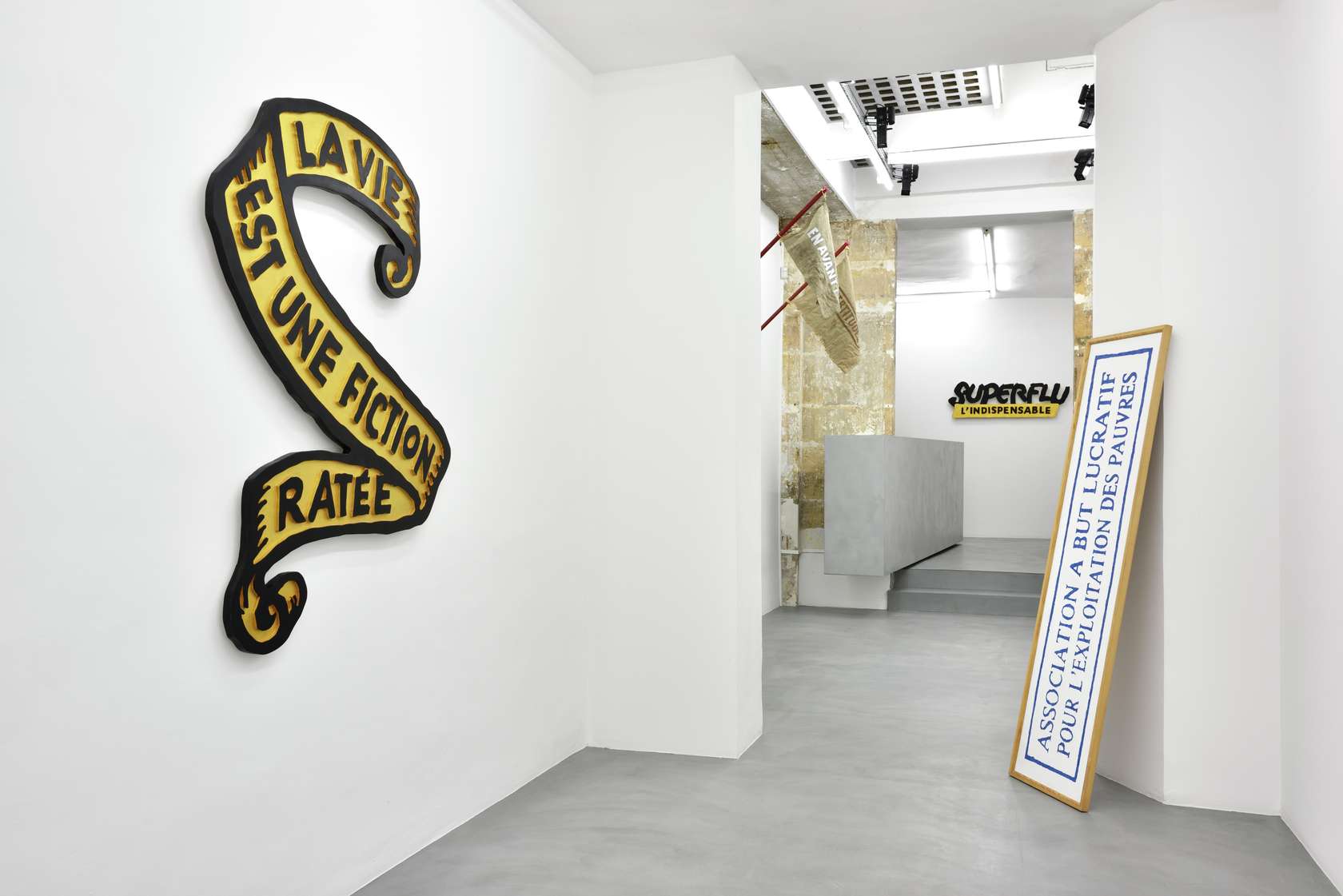 10/13
10/13
Taroop & Glabel, Le couinement de l'âme
-
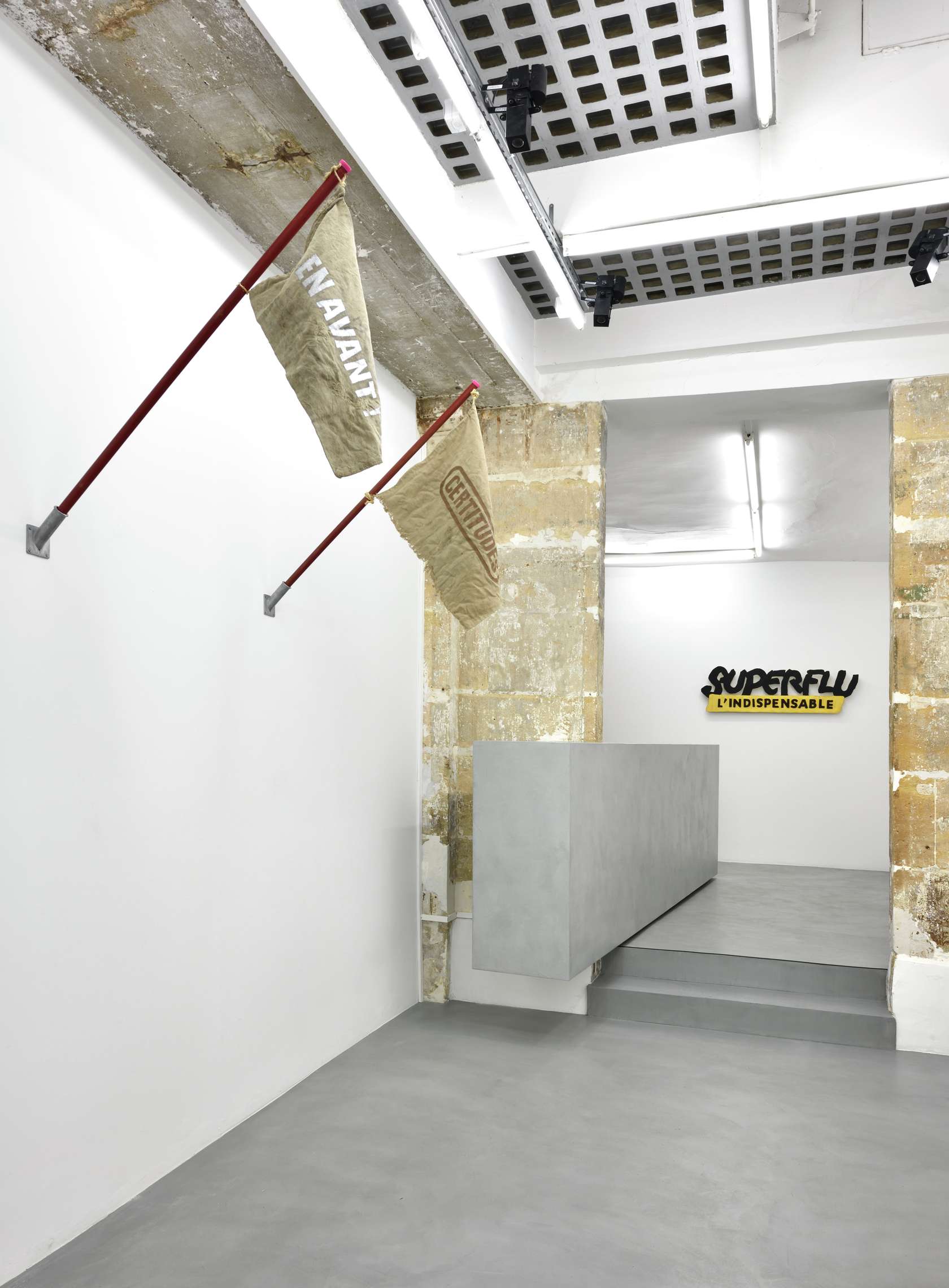 11/13
11/13
Taroop & Glabel, Le couinement de l'âme
-
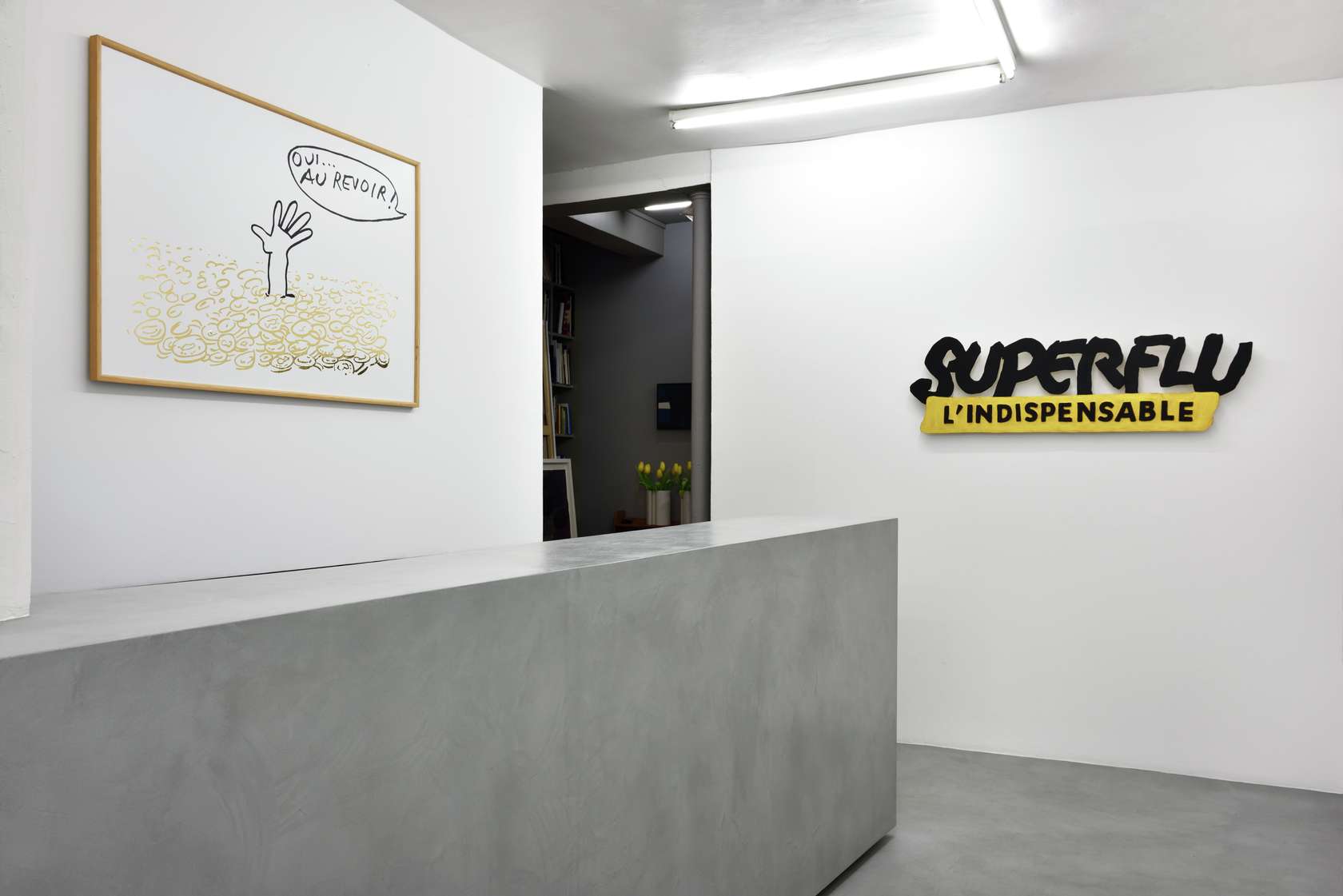 12/13
12/13
Taroop & Glabel, Le couinement de l'âme
-
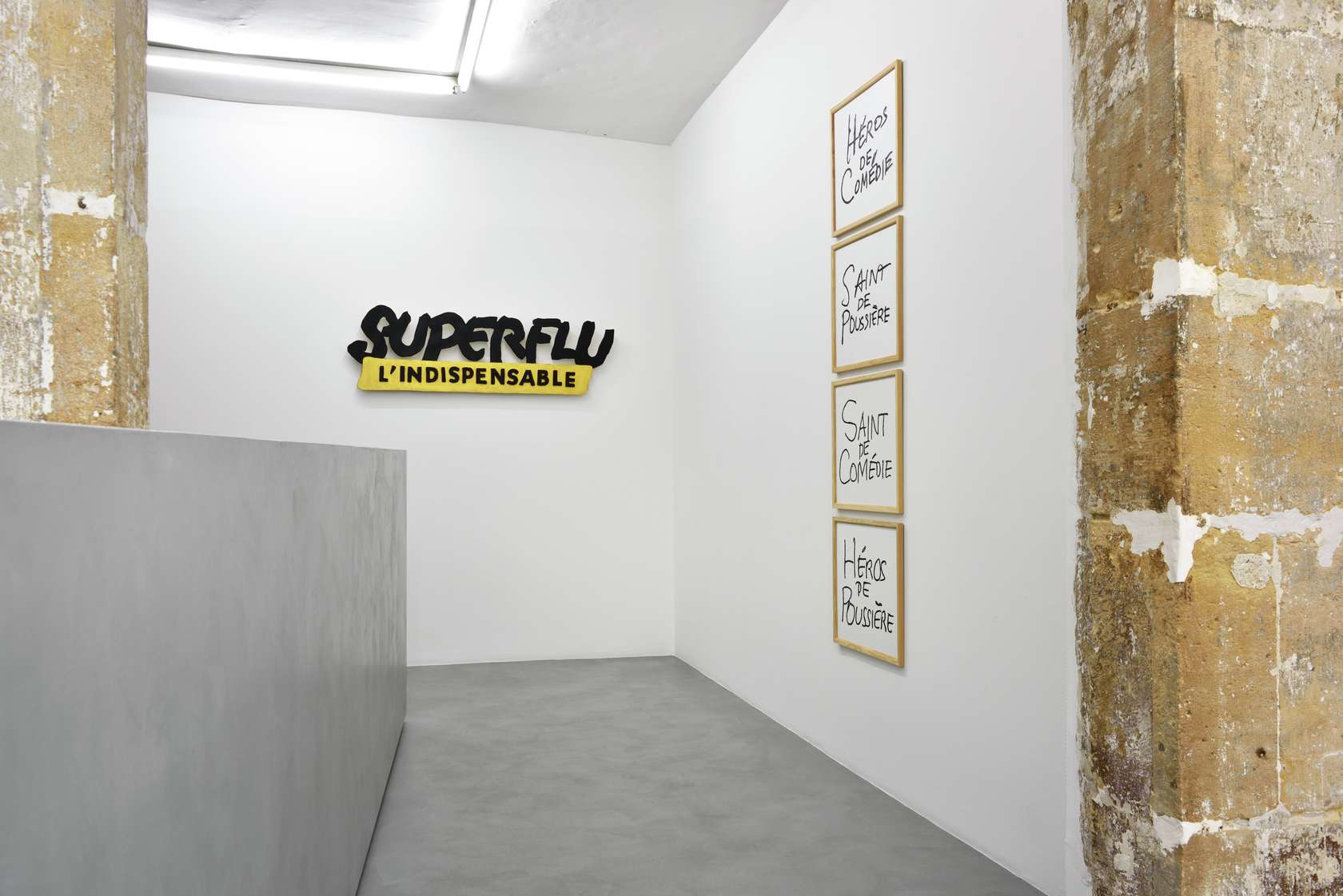 13/13
13/13
Taroop & Glabel, Le couinement de l'âme
Do I really need to point out from the word go that I’m a huge fan of Taroop & Glabel’s oeuvre? You’d probably already guessed I imagine, but that won’t enlighten you as to what constitutes its precious singularity. Having admitted my blind admiration from the outset, I obviously feel obliged to clarify a few essential points for those who might be discovering Taroop & Glabel today. Who are these mysterious artists? A collective, we can read here and there, on the go since the early 90s. But the word “collective” smacks of self-centered militancy with a hint of hippy idealism: I prefer the term “pair” or better still “duo” as we would use for clowns. Yes, clowns! Like Foottit & Chocolat, Bob & Momo, Filip & Muscat, Rhum & Pipo and Alex & Rico, Taroop & Glabel remain notoriously anonymous (patronymically speaking, of course). Their pseudonyms are disguises, wigs, face-paint… Is Taroop a British citizen as Foottit was? Is Glabel some kind of rustic pronunciation of Gabriel, the archangel of the annunciation? It’s of no importance. Abstraction is dominant. The origin of the name is as tenaciously obscure as that of Molière chosen by Jean-Baptiste Poquelin. A few clever minds have noticed that the French word for the hairs between the eyebrows is taroupe and that they grow on an area of bone known as the glabella. This gets us no further in deciphering the obvious collusion between Taroop & Glabel, nor the critical ambition of their art. Yet this rather doubtful lexicological clue does have the merit of situating our duo on the side of parody, misappropriation, and happily assumed idiocy. For that’s what it’s all about, lending these terms the energy they require without ever taking away from charm of the impulsive.
Because for Taroop & Glabel, laughter is the perfect weapon against stupidity and prejudice, absurd beliefs, scurrilous naivety, media affectation and crass global consumerism. In short, the more or less voluntary dumbing down of contemporary humanity through religion, politics and leisure activities. Hence their obvious predilection for direct, expedient means ranging from caricature-like drawing to the assembly of generally small-scale objects (games, toys, trinkets made in China, religious knick-knacks of all kinds) as well as collage and the misappropriation of photographs or advertising slogans. The term misappropriation should not, dare I say, be used to situate Taroop & Glabel in a simplistic filiation with the Situationist International movement, whose ultimate aim let us remind ourselves, was the surpassing of art. Situationist misappropriations, even if they were occasionally not lacking in satisfying insolence, were not intended to make the spectator laugh, but to emphasize the paradoxical nature of any argumentative pronouncement or to reveal the perverse nature of the use of images. In Taroop & Glabel’s world the vis comica is fundamental to their oeuvre. You might even say it is indispensible. And generally the humor is ferocious. Each piece is like a clownish act and its arrival in the ring should provoke surprise. That can be found in the message, as we said in a very direct manner (Association à but lucratif pour l’exploitation des pauvres, 1998) or in the technical means employed (plastic pipes making up the contorted body… of a clown! TBC, 2017; a broom and a floorcloth for a piece of work entitled Certitudes, 1993). Joining in with this all-inclusive art of the clown are manipulators of a variety of accessories, musicians when needed, tumblers and verbal acrobats and Taroop & Glabel employ all of the above to demystify the pretentiousness of art, particularly that of the present day with its strategic graciousness, inundating the various international art fairs. In short their oeuvre constitutes a means of seeing art as a vector of individual rebellion. As vulgar as they can get if need be. Because in all truth, that’s how we like it best!
Arnaud Labelle-Rojoux
Translation Chris Atkinson